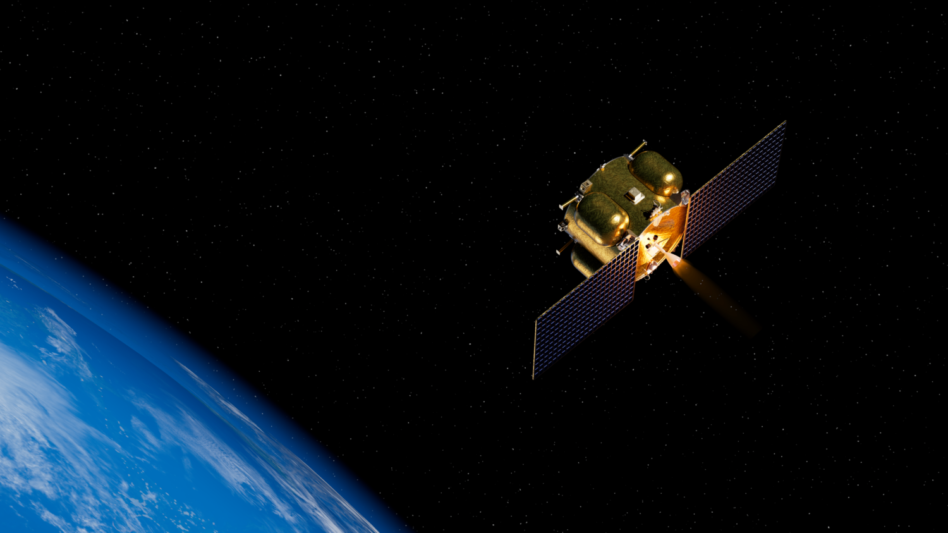Firefly will conduct a responsive space mission for DoD as early as 2027, which will include capabilities such as conducting space domain operations in LEO.
The Defense Innovation Unit (DIU) contracted the mission as part of their Sinequone project. Firefly’s Elytra spacecraft will perform tasks for DIU in-orbit and on demand, while carrying multiple government cameras and a navigation unit. Elytra will fly with the same engine type that—in the form of reaction control system thrusters—recently helped facilitate Firefly’s Blue Ghost lander touch down on the Moon.
“Firefly has proven our ability to rapidly and reliably launch, land, and operate in space as we continue to execute bold missions from LEO to lunar orbit and beyond,” Firefly CEO Jason Kim said in a statement. “This national security mission will further demonstrate our ability to perform responsive on-orbit tasks when and where our customers need them with our highly maneuverable Elytra orbital vehicle.”
Far out: The aim of the Sinequone project is to harness commercial capabilities between the end of GEO and the Moon’s second Lagrange point, an area dubbed xGEO. While this mission will fly in LEO, its long-term aim is to bring maneuverable, responsive tech deeper into space in partnership with DoD.
Deja vu: Firefly was already a key player in past DoD responsive space demonstration missions and contract awards, but as a launcher.
- In 2023, Firefly launched a national security payload with ~24 hours notice in Victus Nox.
- Firefly will also launch the spacecraft for True Anomaly in Victus Haze, a demo mission set for this year in which True Anomaly’s Jackal is expected to dogfight in space with a Rocket Lab spacecraft.
- Last month, Space Systems Command awarded Firefly a $21.8M launch contract for Victus Sol, a responsive mission with few specifics beyond an aim to “provide flexibility to combatant commanders,” according to a press release.




